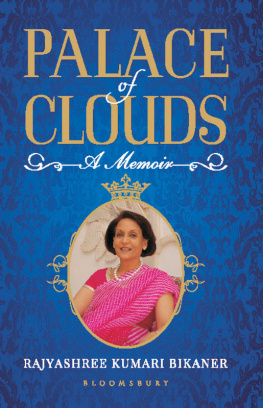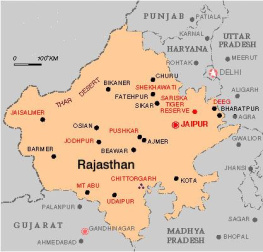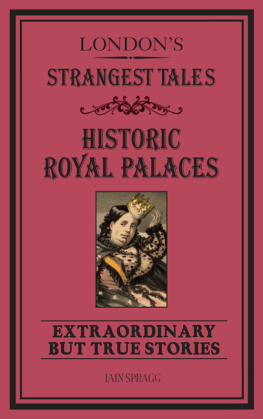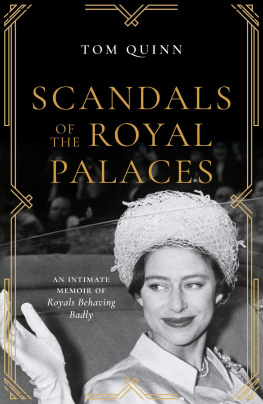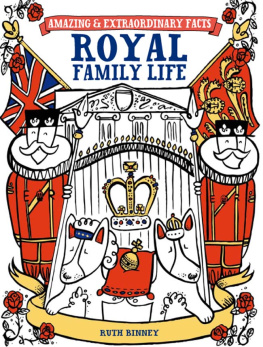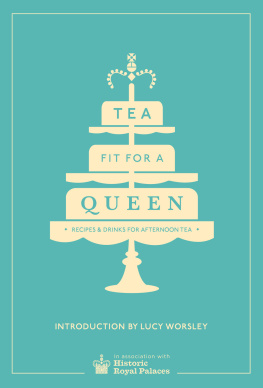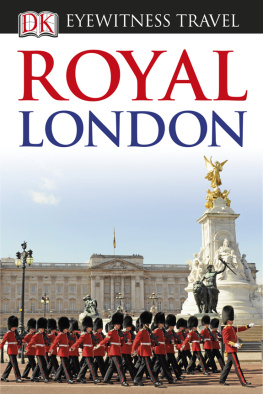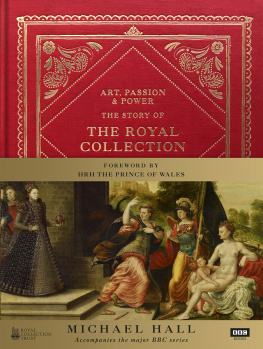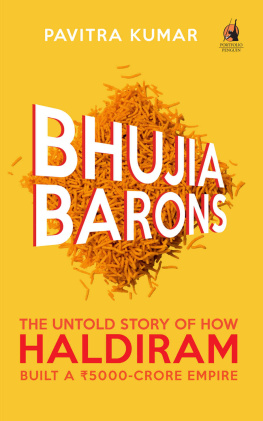Contents



The first Rajasthani royal I met as a child of fourteen was Maharaja Karni Singh of Bikaner. But it was also the last of the great kingdoms I visited. What a loss!
The first meetings are always most impressionable and etched forever on our childhood memories. The portly Maharaja, my sportive mother, and me once played a threesome on the Delhi Golf Course. I had never met a man who spoke with such kindness and humility. Caddie-ji, will you share half a Coca Cola with me, he asked as he poured out a half into a glass and offered it, while he drank directly from the half empty bottle. Then much later, even at a simple dinner at our Nizamuddin home, when he talked politics of how Indira Gandhi had let down her upbringing and breached many a trust in misusing his crucial independent vote, there was magnanimity and grace in all he said. That was also when I was introduced to Princess Rajyashree Kumari but was totally intimidated to think she was a brilliant shot when I had never yet held a gun!
When I grew up, studied history and got into Shekhavati, Jaipur, the whimsicalities of Gayatri Devi, the battles and arrogance of Udaipur, the eccentricities of Kotah, the struggles and successes of Jodhpur and all the nineteen gun salute kingdoms I explored to research, photograph and write about, Bikaner was never to happen. One hundred and twenty villages of Shekhavati now lie in the Churu-Bikaner area, but I had unfortunately kept to the boundaries of my research.
We met a few times at 44, Amrita Shergil Marg, when he presented me books, and I corresponded with him, never to get an answer! This seemed so unlike him.
Suddenly, when ITC got me to consult with them, the wonderful Noni Chawla asked me to accompany him to Bikaner to negotiate the Gajner Palace from the same Maharaja who now stood more real before his palaces talking golf, cameras and guns. His modesty had not escaped him. Now the stories of his being weighed in treasures for his birthday and the subsequent charities took real shape. He drove us in his little Fiat from Lallgarh to Gajner with the chauffeur and me at the back. The custom-made limousines stood in the museum. He talked spiritedly about the past, wishing the people whom we passed. We stood on the deck where ducks and geese flocked in the distance and where bags of game once arrived with the Viceregal parties. The sun began to set and I realized that the grand old man had somewhat retreated into his shell. Unfortunately, we hadnt yet been so Japonified to photograph and record all things important and inane. The Kodak/Ilford films came from abroad and were developed in Bombay at some cost.
We returned to what would be called a Maharaja dinner past game trophies and interminable rooms, furniture and art to be seated on a side able by the banqueting one. I talked of my letters to Karni Singh-ji, in response to my reading of his books. Yes, of course he had got my correspondence and responded immediately. But only recently he had discovered that his alcoholic secretary Mr. Venu Gopal, had been drinking away the stamp money and just dumping his letters in a dustbin. What a private and archival loss to have never read those words or what they said about the changing times in the hand of a legend. These, the Maharaja told me were dictated because his hands had an allergy to paper. He even needed someone from his retinue to turn the pages of the books he read a very royal malady!
But there is certainly poetic justice somewhere in history as New Delhis literati, glitterati, and chatterati drive into Bikaner House every other day to see the best that happens in Indias capital. The Annals of Bikaner enter a new posterity as in the golden days of Maharaja Ganga Singh who stole the show wherever he went.
Aman Nath Writer, Hotelier and Architectural restorer
Author of: Arts & Crafts of Rajasthan 1997, Jaipur:
The Last Destination 2006
* * *
Though Rajasthans history goes back several centuries and boasts of a heritage as rich as its landscape, Bikaner is still an un-spoilt and largely unexplored desert city that has played a notable role in the history of the country. For Aldous Huxley, the great author and philosopher, the fascinating architectural wealth the quaint red sandstone palaces and interesting palatial havelies were the pride of Bikaner. Princess Rajyashree Kumari is a custodian of this citys rich legacy and has made every effort possible to preserve the citys architectural heritage and keep its history alive through her wonderful books. Her books show readers another side of this fascinating region.
Dharmendra Kanwar: Wirter & Heritage Conservationist
Author of: The Last Queen of Jaipur 2011,
Rambagh Palace, Jaipur 2013
* * *
Rajyashree Kumari brings together the rich narratives of the history, culture and traditions of Bikaner in a seminal book. Once a shooting champion and youngest recipient of the Arjuna Award, today she stewards the preservation of her heritage, establishing a museum, an archives, conserving Junagadh Fort and Lalgarh Palace, while managing the charities and trusts set up by her father and grandfather. More than just preservation, Rajyashree has invested in documenting her heritage for future generations. For one who has by her own admission, the luxury of living life on her own terms, she has remained deeply immersed in the protection of her heritage and the book gives a vital insight into this.
Amita Baig: Wirter & Heritage Conservationist
Author of: Forts & Palaces of India 2012
* * *
When Princess Rajyashree invited us to her birthday celebrations at the Lallgarh ace, we were awed and charmed, both by the imposing palace and Rajyashree s warmth and eloquence. She regaled us with anecdotes about her family, but through those stories the pride she felt in her ancestry and the commitment she has to preserving and nurturing the legacy she has inherited, shone through.
That Rajyashree was a great raconteur was evident in the books, The Lallgarh Palace : Home of the Maharajas of Bikaner and The Maharajas of Bikaner . While these two books offered glimpses into the lives of five generations of the Bikaner royal family, and their contribution to the desert kingdom over centuries, her latest offering, The Palace of Clouds or Badal Mahal , brings to life the culture and traditions of a Rajput family, based naturally, on her own experiences. The proud inheritor of the illustrious Bikaner dynasty, Rajyashree gives to airy nothing, a local habitation and a name.
This is from Shakespeare, A midsummer nights dream I thought it would be appropriate because it is called a palace of clouds, but it is about a culturally and tradition bound rooted place.
Neelima Chopra: Professional Hospitality
Marketing & Branding
* * *
I was delighted when Princess Rajyashree Kumari of Bikaner requested me to pen a few words as a forward to her new book Palace of Clouds
I have had the great pleasure of enjoying two of the books previously authored by her, both beautifully presented, The Lalgarh Palace-home of the Maharajas of Bikaner and the wondrously bound Maharajas of Bikaner, both of them a fluid and facinating read, the latter, condensing thousands of years of often turbulent and always facinating, history, into an absorbable number of pages.
Princess Rajyashrees prowess in the field of competitive shooting has been exceptional. There is a beautiful photograph of hers alongside that of her illustrious Father, the Late HH Maharaja Dr.Karni Singh of Bikaner, adorning the entrance to Delhis finest shooting range, which bears his name. His Highness was not only an exemplary world class shot, but his record of being an Independant Member of Parliament for Twenty five years has yet to be surpassed.

